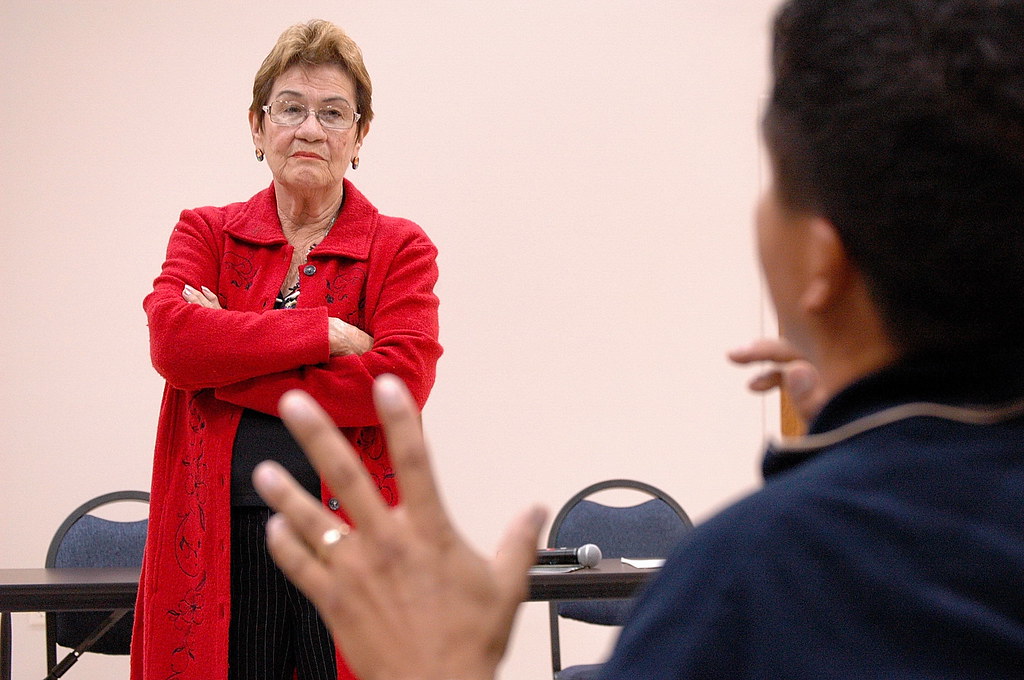Notes from Indian Country
Indian Country loses one of its greatestBy Tim Giago (Nanwica Kciji – Stands Up For Them) I was about to write a blistering column about the total incompetence of the Indian Health Service hospital known locally as the Sioux San when the news was dropped on me that my friend of 44 years, Harriett Skye had passed away. She was 86. Sioux San will have to wait another week. Dr. Harriett Skye was a member of the Standing Rock Sioux Tribe. I met her in the early 1970s when she was trying to put together a television show that would feature Native Americans. She was living in Bismarck, North Dakota, at the time and it was a tough proposition for the wasicu station owners to even consider a local show hosted and produced by Native Americans. Harriett and I discussed it because I was trying to do the same thing in Rapid City. We had one thing going for us that does not exist today and it was Federal Communications Commission clause known as the Fairness Doctrine. This clause was killed by Ronald Reagan in 1981. The Fairness Doctrine did a couple of things: First of all it opened the doors for minorities to get involved in the electronic media for the first time. If the local television station was located in a market with a heavy minority population, that minority could petition the station to get air time. Harriett had become heavily involved in the media when she was editor of the Standing Rock Star and I relied on her wisdom when I was starting the Lakota Times on the Pine Ridge Reservation. She made her television breakthrough in 1973 when her show Indian Country Today aired on the NBC affiliate KFYR in Bismarck.

Ironically when I was changing the name of my newspaper the Lakota Times, I held a contest amongst the employees and my managing editor who happened to be from the Standing Rock Reservation remembered the name of Harriett’s television show and so she picked the name Indian Country Today. Avis Little Eagle, now publisher of the Teton Times, picked the name and it stuck. Harriett had successfully used the Fairness Doctrine to get her television show on the air and I took her advice and did the same. My show The First Americans first aired in Rapid City on the local NBC affiliate in 1975. Because we were both trying to do the same thing in two states that were known at that time in history as very prejudiced against American Indians it is remarkable that our careers followed such similar paths. We decided to talk about Indians in the media, or lack thereof, by appearing on each other’s television shows. She came to Rapid City to be on my show and I traveled to Bismarck to be on hers. About the same time Wallace Coffey, Comanche, was doing a television show in Oklahoma that was sort of an Indian Sesame Street. Bob and Millie Giago, were also doing a talk show on Oklahoma City television. Conroy Chino was breaking in as a television news reporter in Albuquerque while John Belindo was hosting a show he called The First Americans, a name I stole from John, with his permission, for my Rapid City television show. But the real groundbreaker for all of us was Harriett Skye. Oftentimes Native Americans pursuing careers in the media, whether print or electronic, work quietly doing their jobs as news reporters. They never seek fame or glory because they know at the outset that it is their job is to report the news not make the news. Most of us, especially Harriett, were silent observers of Indian history. We were there as it unfolded in our lifetimes. We recorded it, we wrote about it, and in so doing we informed the public about what was happening in Indian Country through the eyes of a Native American. I believe that every Native American involved in the media needs to lay a wreath on the tomb of Harriett Skye. She led the way for all of us. Not only in print and electronic media, but she also directed a film called “The Right To Be” that aired at the Sundance Film Festival in 1994. The last time I saw Harriett was at the United Tribes Technical College in Bismarck several years ago. She gave me hug and said, “Tim, I see that we’re both still standing.” When she retired she said about her life, “It was spiritual. Everything and everyone that I needed was put right in front of me.” Tim Giago can be contacted at najournalist1@gmail.com
Join the Conversation
